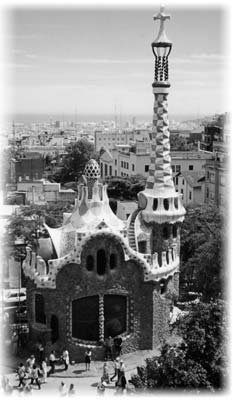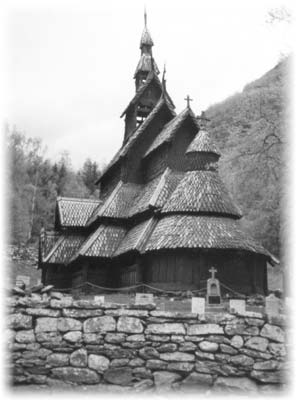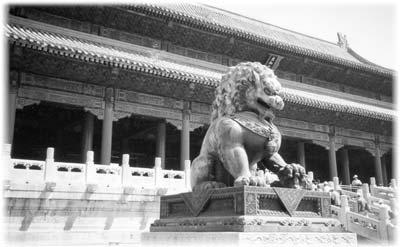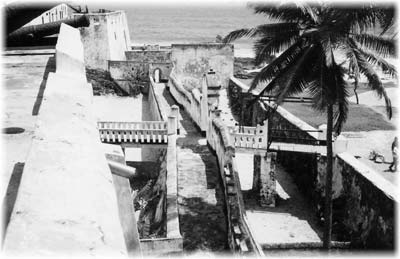UNESCO World Heritage Sites — How are they chosen? How many are there?
I continue to be amazed at the number of people who travel a lot and are still unaware of UNESCO’s designated World Heritage Sites. ITN readers are undoubtedly exceptions, yet there are many others who are not aware of the criteria used by the United Nations Educational, Scientific and Cultural Organization for identifying the 812 properties currently designated as World Heritage Sites throughout the world.
The impetus for the formation of the program occurred in 1952 when Egypt decided to build the Aswan High Dam, which would have flooded the ancient temples of Abu Simbel and Philae. UNESCO launched an international campaign to safeguard these Egyptian treasures, resulting in the temples’ being dismantled, moved to dry ground and reassembled.
Fifty countries came to the rescue, leading to other protection campaigns and eventually to a draft convention in 1965, initiated by the United States, calling for a World Heritage Trust to stimulate international cooperation “to protect the world’s superb natural and scenic areas and historic sites for the present and the future of the entire world citizenry.” This convention was adopted by the United Nations in 1972.
As of May ’05, 180 countries, called States Parties, have signed on to the convention, agreeing to nominate properties in their territories for inclusion. They also have to give details of how they propose to protect the properties and manage their maintenance, appointing staff and making them available to the public, and they must report periodically on the condition of the sites. The United States was the first to ratify the convention.
Qualifications
New nominations for inclusion on the list of sites are presented every year. The committee evaluates each nomination based on several criteria, judging which are of “outstanding universal value.”
A monument considered to have cultural value may “be a masterpiece of creative genius, or have exerted great architectural influence, or be associated with ideas or beliefs of universal significance or it may be an outstanding example of a traditional way of life that represents a certain culture.” Examples of this would be the Pont du Gard in France, Prague’s Historic Center, the cities of Toledo and Salamanca in Spain and the Acropolis in Greece.
A natural site may “exemplify major stages of the earth’s history, or represent ongoing ecological and biological processes, or contain the natural habitats of endangered animals or may be a scene of exceptional beauty.” Some recognizable examples in this category would be Grand Canyon National Park, the Dja Faunal Reserve in Cameroon and Yakushima in Japan.
There’s also a mixed category of cultural and natural values. Included among these are the Tasmanian Wilderness in Australia and Mount Taishan in China.
All together, of the 812 sites designated, 628 are cultural, 160 are natural and 24 are mixed. Italy claims the most sites at 40, followed closely by Spain with 38. China has 31, as does Germany, and the United States has 20.
Information about each site, including descriptions and locations, can be found at whc.unesco.org/en/list.
The benefits
Additionally, there are benefits to the States Parties for ratifying the convention, especially among developing nations. About four million dollars are allotted annually to help identify and preserve sites and to enable assistance when needed to repair damage caused by human-made or natural disasters.
When the tsunami struck Indonesia in December ’04, the World Heritage Site of Sumatra’s rainforest was heavily damaged, initiating a call for help, which will be needed for many years.
Experts in these cases offer technical aid to locals on site. Additionally, having sites on the World Heritage list emphasizes their outstanding value to travelers, who bolster the economy of each area.
When a listed property is reported as seriously threatened, it’s put on the List of World Heritage in Danger. This calls special attention to it by enlisting international assistance, which moves quickly to address whatever may be threatening the site.
Sources of funding come from several areas: compulsory contributions from States Parties, from sales of World Heritage publications (see below) and from funds in trust donated by countries for special projects.
UNESCO publications
UNESCO publishes many books, magazines, manuals and reports about World Heritage Sites. They appear in several languages for both adults and young children. Log on to whc.unesco.org for further information about. . .
• The World Heritage Newsletter
• The World Heritage Review (six issues per year)
• World Heritage Paper Series (including papers related to World Heritage issues, reports from seminars, and manuals)
• The World Heritage map, showing all the sites, to date (to request a map, send your name and address to UNESCO World Heritage Centre, 7, Place de Fontenoy, 75352 Paris 07 SP, France)
• The World Heritage Brochure




